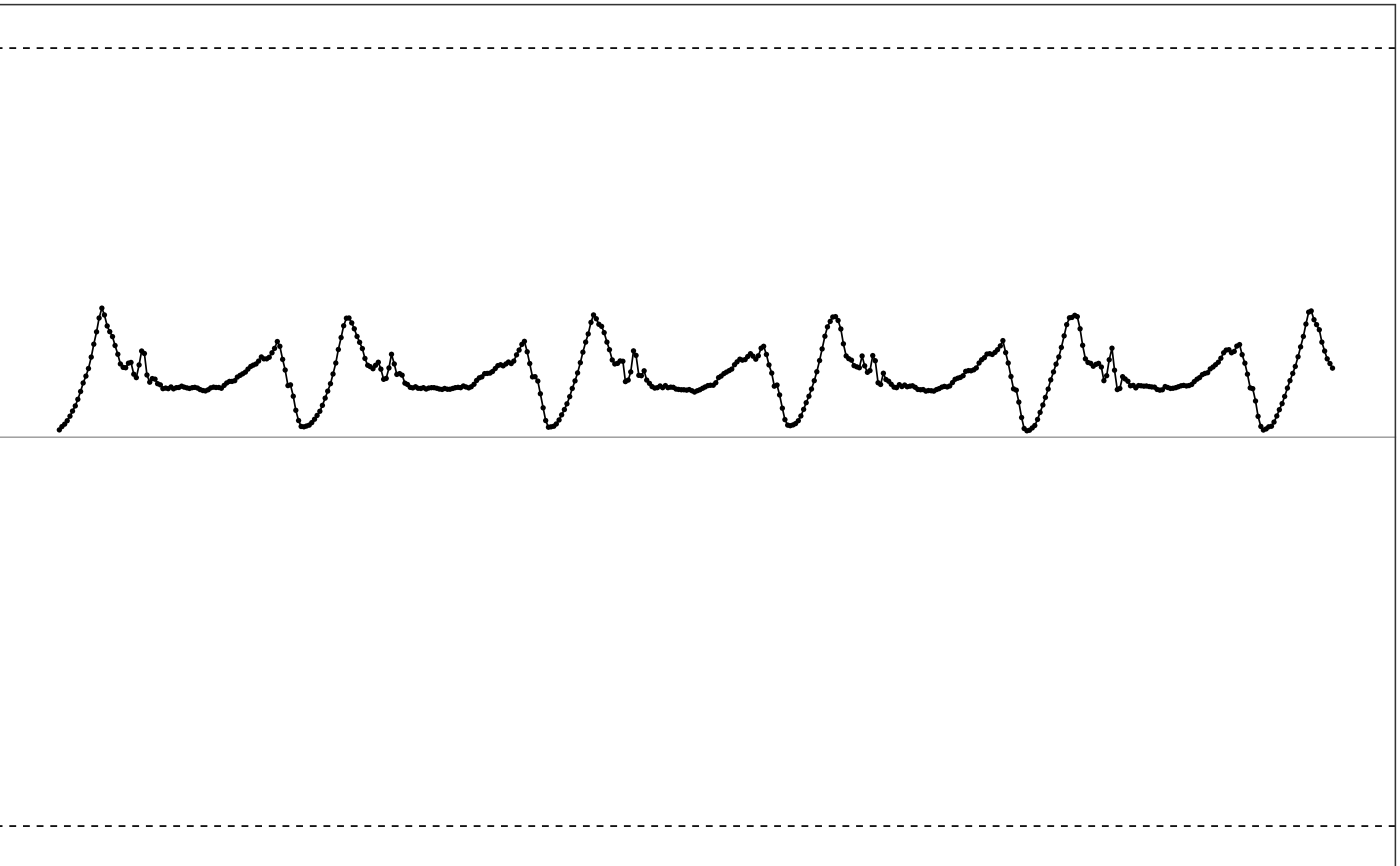Cut off input multi-channel signal according to a new dynamic range
Source:R/simulate_data.R
cut_off_signal.Rdcut_off_signal cuts off the input multi-channel accelerometer data
according to a new dynamic range, then adds gausian noise to the cut-off
samples.
cut_off_signal(df, range = NULL, noise_std = 0.03)Arguments
- df
dataframe. Input multi-channel accelerometer data.
- range
numerical vector. The new dynamic ranges to cut off the signal. Should be a 2-element numerical vector.
c(low, high), wherelowis the negative max value the device can reach andhighis the positive max value the device can reach. Default isNULL, meaning the function will do nothing but return the input data.- noise_std
number. The standard deviation of the added gaussian noise.
Value
dataframe. The multi-channel accelerometer data with the new dynamic
range as specified in range.
Details
This function simulates the behavior that a low dynamic range device is trying to record high intensity movement, where recorded accelerometer signal will be cut off at the dynamic range, but the true movement should have higher acceleration values than the dynamic range. This function also adds gaussian noise to the cut off samples to better simulate the real world situation.
How is it used in MIMS-unit algorithm?
This function is a utility function that is used to simulate the behaviors of low dynamic range devices during algorithm validation.
See also
Other utility functions:
clip_data(),
interpolate_signal(),
parse_epoch_string(),
sampling_rate(),
segment_data(),
simulate_new_data()
Examples
# Use sample data for testing
df = sample_raw_accel_data
# Show df
illustrate_signal(df, range=c(-8, 8))
 # cut off the signal to c(-2, 2)
new_df = cut_off_signal(df, range=c(-2, 2), noise_std=0.03)
# Show new df
illustrate_signal(new_df, range=c(-2, 2))
# cut off the signal to c(-2, 2)
new_df = cut_off_signal(df, range=c(-2, 2), noise_std=0.03)
# Show new df
illustrate_signal(new_df, range=c(-2, 2))
